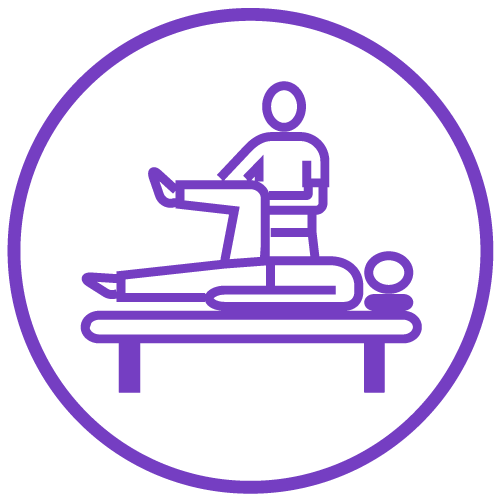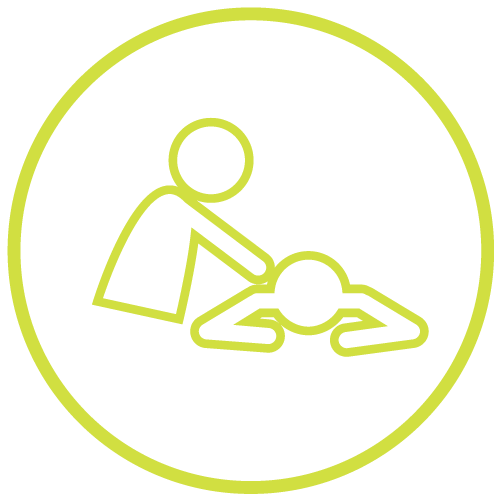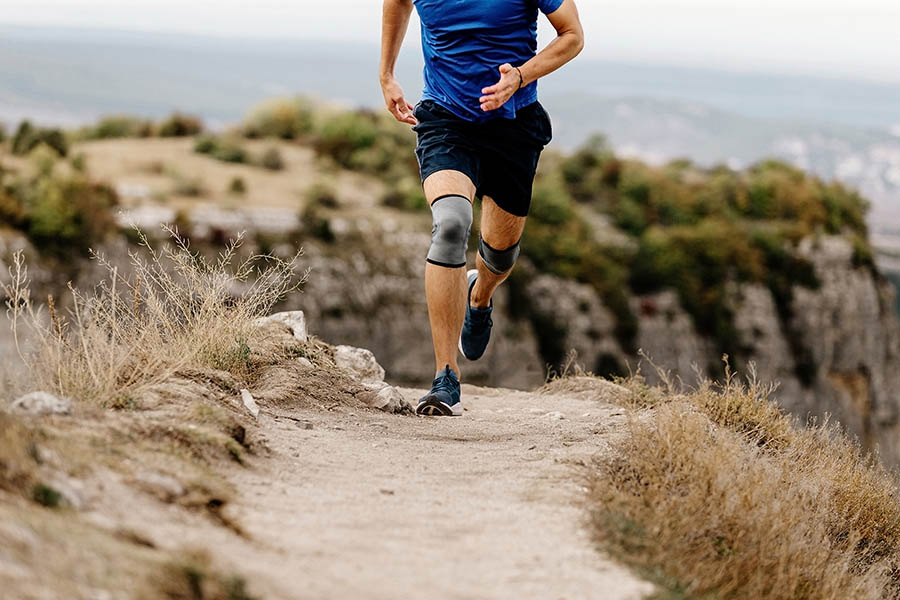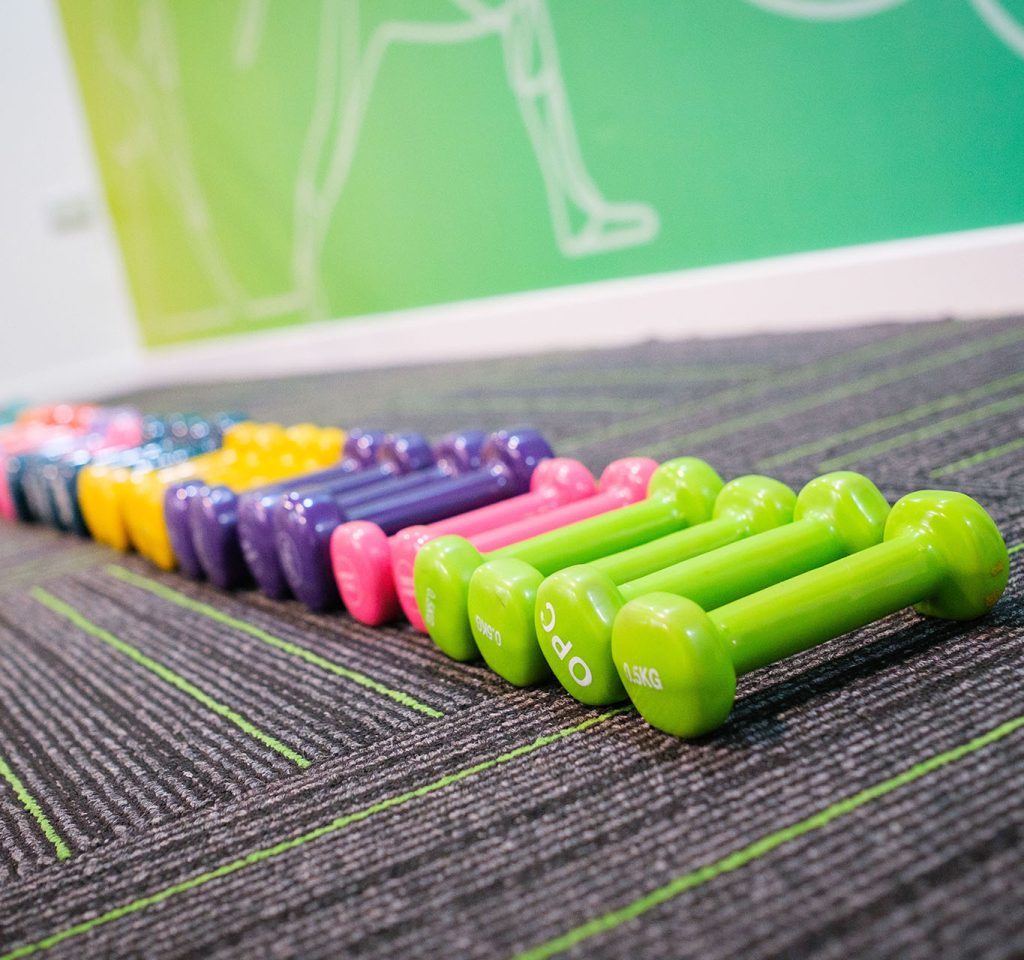At BodyViva, we often see patients visit us with sensitivity and pain under the arch of the foot or their heel. It may be plantar fasciitis, which is actually a pretty common source of heel pain. However, don’t fear, as plantar fasciitis can also be treated. Read on to find out more about this common heel pain and how an experienced podiatrist can help you.
Plantar Fasciitis (Plantar Fasciopathy)
What is it?
The plantar fascia is a thick band of connective tissue under the arch of the foot. It connects to the undersurface of the calcaneus (heel bone) and acts to support the arch.
If too much stress is applied to the plantar fascia, this may cause irritation (micro tears or inflammation) at the attachment to the calcaneus (heel bone).
This is called plantar fasciitis. It is also known as plantar fasciopathy or plantar fasciosis, because of the histological changes (e.g. fibrosis and collagen disruption) and lack of inflammation in many cases.
What causes it?
Excessive stress on the plantar fascia can be caused by repeated overstretching of the arch of the foot. This can be a result of flat feet, weakness of the muscles supporting the arch, or poor biomechanics like over-pronation.
Plantar fasciitis can also be caused by direct trauma, such as landing on a small object that bruises your plantar fascia.

Risk factors for plantar fasciitis include:
- Being involved in sports with repetitive loading to the plantar fascia (e.g. running)
- Being overweight or pregnant
- Ankle joint stiffness
- Lower foot arch than normal (flat feet), or higher foot arch than normal
- Footwear with poor support
- More common among people aged 40-60 years
Common symptoms
Pain from plantar fasciitis is typically felt under the heel or in the arch of the foot.
Pain is usually worse upon getting up after prolonged rest (eg after getting out of bed in the morning) with the first few steps after getting up being the worst, until the plantar fascia warms up.
How long does it take to get better?
Most cases of plantar fasciitis improve within two months, with treatment. More severe cases may take longer to resolve.

How do we get it better?
Initial phases of treatment will involve settling the pain and tissue irritation. Your therapist may utilise hands-on techniques, electrotherapy, Western acupuncture/dry needling, and taping techniques. Your therapist will also show you any exercises or stretches that will help expedite recovery.
Any specific causative factors that are identified (such as ankle joint stiffness or weakness of arch support muscles) will be addressed to minimise predisposition to future recurrence.
Are you experiencing heel pain or sensitivity in the arch of your foot? Don’t let the problem get worse. At BodyViva, our experienced Southside podiatrists are here to help. If you want a holistic approach to healing your aches and pains, contact us today.
Want to improve your fitness, strengthen your muscles and improve your balance? Contact us today to join one of our weekly pilates classes.

















